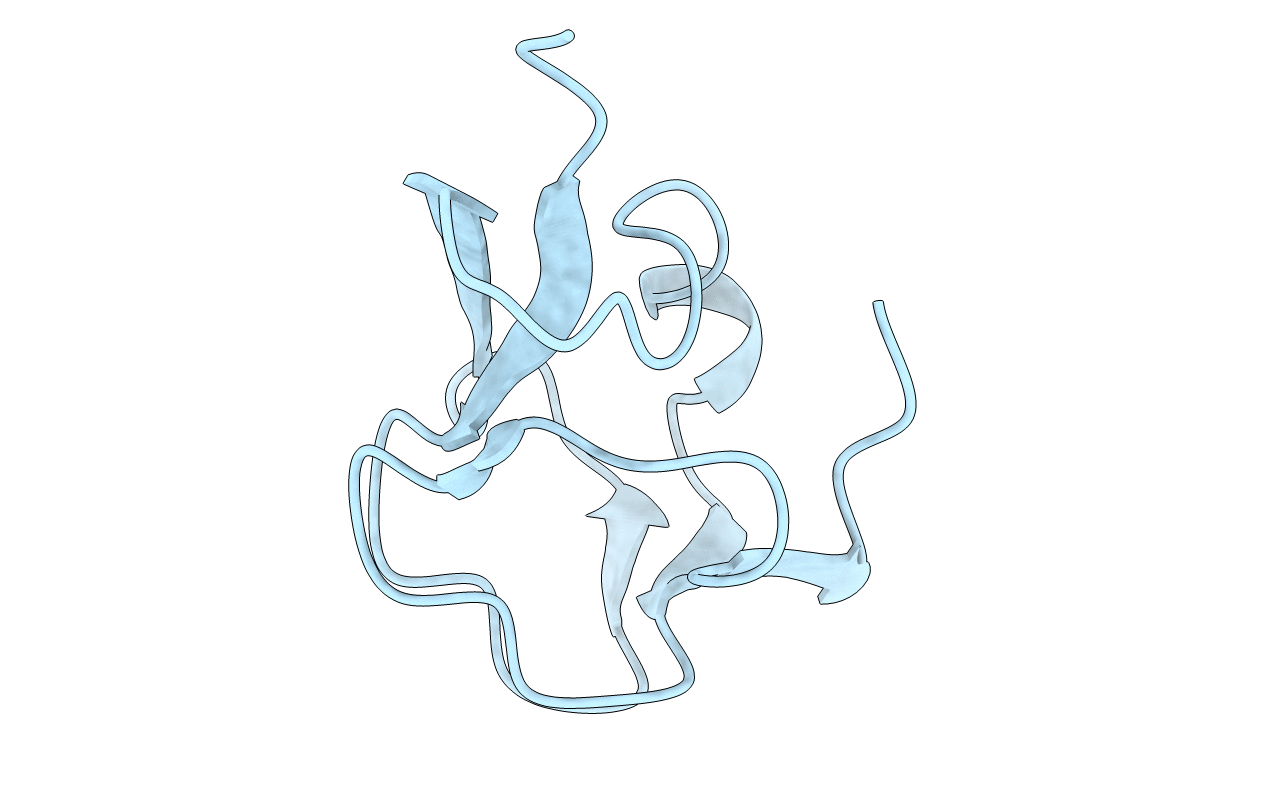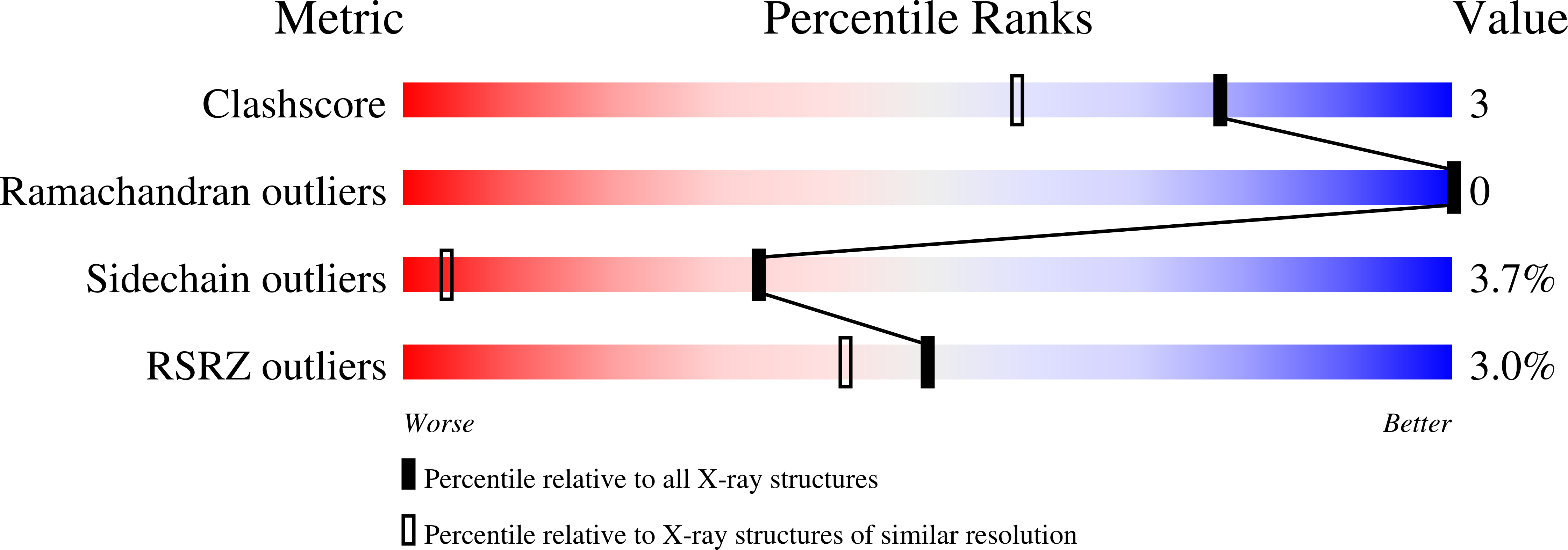
Deposition Date
1996-10-08
Release Date
1997-12-24
Last Version Date
2024-02-14
Entry Detail
Biological Source:
Source Organism:
Macrozoarces americanus (Taxon ID: 8199)
Host Organism:
Method Details:
Experimental Method:
Resolution:
1.25 Å
R-Value Free:
0.22
R-Value Work:
0.19
R-Value Observed:
0.19
Space Group:
P 21 21 21


